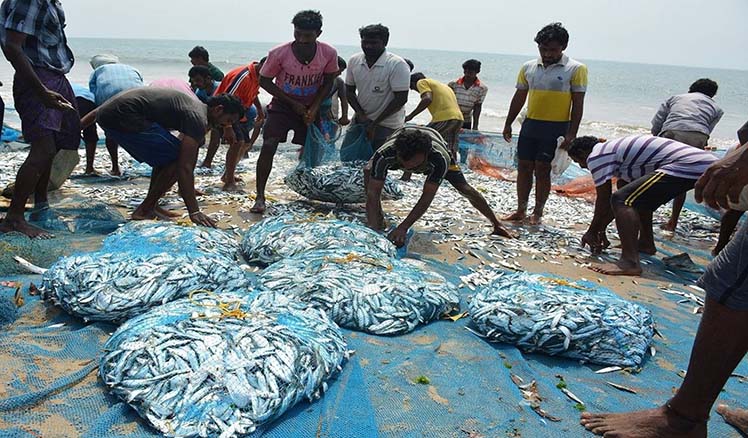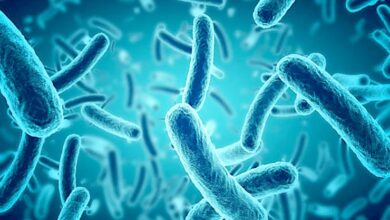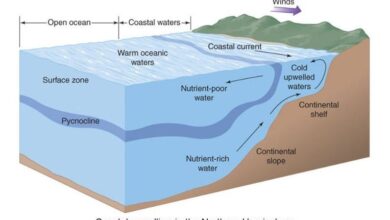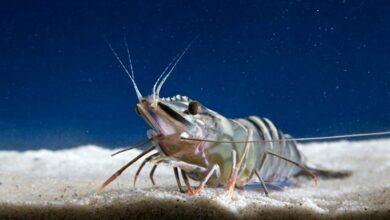Fish by-product and its importance for fisheries industry

What is fish by-product?
Certain components of fish and prawns are thrown away as waste during processing and preservation. In the same way, some garbage and repulsive fish are not fit for human eating. These leftover materials and the fish mentioned above serve as a significant source of fish by-products, which are then utilized to create various beneficial fish by-products.
Necessity of fish by-product production:
Fishery wastes have grown to be a global issue in recent years, influenced by a number of biological, technical, and operational elements as well as socioeconomic issues. There is a tremendous quantity of trash produced while processing fish or shellfish.
Annual production of fish (including capture and aquaculture), shellfish, and other seafood exceeds 170 million metric tons worldwide (FAO, 2018). Even with an integrated and sustainable utilization of fishery resources, only roughly 50–60% of this amount is supplied for actual human consumption. The annual discards from global fisheries are estimated to constitute 25% of the catch and consist of processing waste and byproducts, as well as “non-target” species. Thus, the primary issue is the overuse of fish resources. Particularly when preparing seafood or shellfish, there are massive waste outputs. A sizeable amount of these wastes are utilized (valued) in some way, such as a substrate for fishmeal, silage, and animal feed. But the remainder, which consists of substantial amounts of content, gets discarded.
These days, specialists have accepted the highly essential topics of minimizing the environmental impact of trash from the fish industry and recycling it as a useful byproduct. Solid wastes from fish processing can make up as much as 50–80% of the original raw material; these wastes are a great source of raw materials for high-value byproduct preparation.
Fish meat typically has a protein content of 15% to 20%. Certain fish species have extremely high body oil content. A few fish species such as cod, shark, and others are excellent providers of liver oil. Fishery trash is produced in huge quantities by the filleting and fish processing businesses. These are all excellent providers of premium fats, proteins, minerals, etc.
Some commercial importance of fish by-products:
It is possible to make additional goods out of low-value commercial species and food industry byproducts. Fishmeal, fish body and liver oils, fish maw, isinglass, and other byproducts of traditional fishing are commercially important fish by-products. Other byproducts that are typically processed from fish and fish waste include fish protein concentrate, fish albumin, glue, gelatin, pearl essence, peptones, amino acids, protamines, fish skin leather, etc. Byproducts with significant economic worth are chitin and chitosan, which are extracted from the waste of shrimp, crab, and other crustaceans. Other important fisheries byproducts are biochemical and medicinal items including glucosamine, insulin, and bile salts. Below is a quick summary of some of the significant byproducts of fishing.
Farhana Islam
Agriculturist, Researcher
Fisheries Resource Management, CVASU




